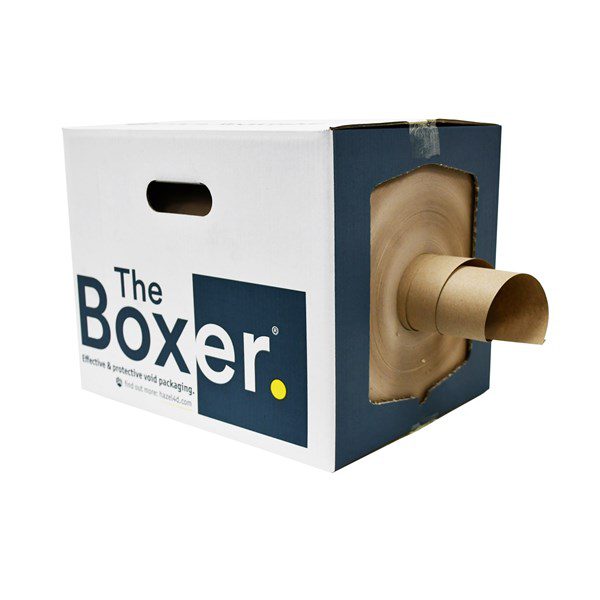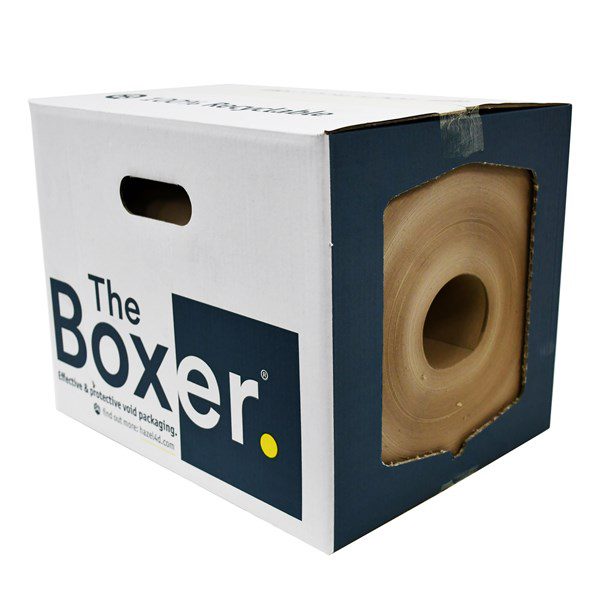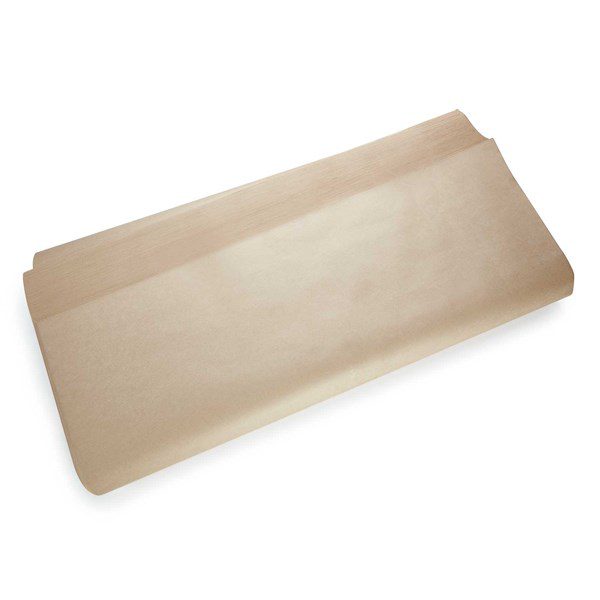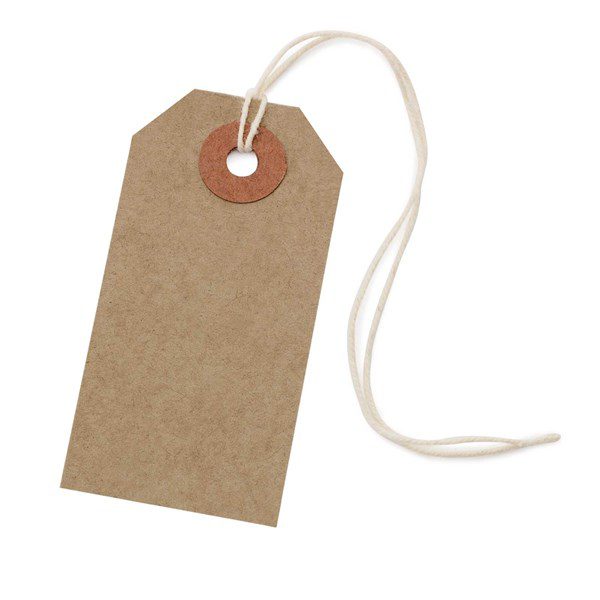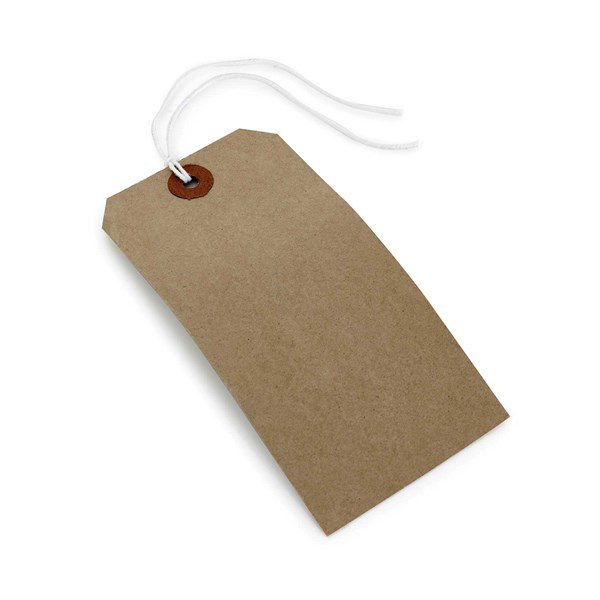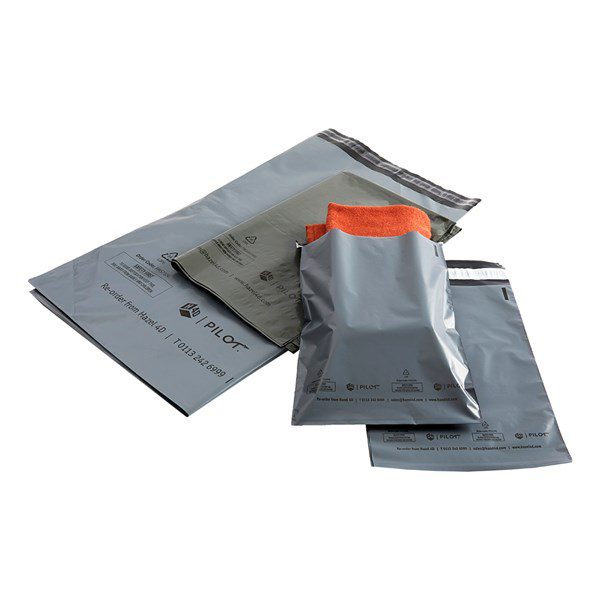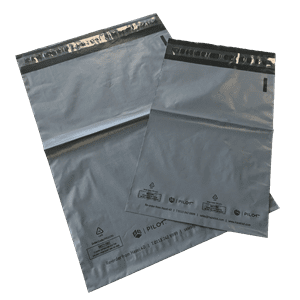Sustainable Packaging
Packing Tape
How to design packaging for a brand new product – The Ultimate Guide

By: Hadyn Oliver
6 Minute Read
Your Questions Answered
ToggleDesigning your packaging for a brand new product can be so difficult and confusing, especially if you’ve left it a bit last minute.
It’s important your packaging is functional and protects your product at the same time as looking aesthetically pleasing.
Whether it’s a gift box for your jewelry, a mailer bag for your clothing, or a shipping box for your board games, the packaging has to be carefully and well thought through from start to finish.
So, we decided to put this quick guide t help guide you through the best packaging for your products for any new product launches you have planned.
Let’s start from the very beginning.
1. Necessary Information
It’s important to put a list of items together that you want customers to see on your packaging.
Ask yourself these questions,
What is the product you are selling? Make sure you put this in as few words as possible so consumers can see exactly what it is in a glance.
What’s your selling points of the product? Think of it as an elevator pitch. If a customer asks you dos, how would you say it in as little words as possible at the same time as telling them how you’re different from your competitors?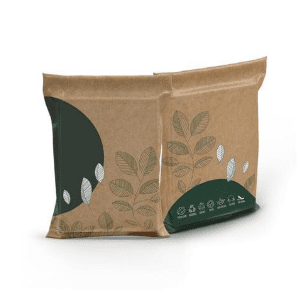
What is your business model? Are your products “off-the-shelf” or just online? Your type of business model will define how your packaging should look.
2. The Packaging Solution
Packaging isn’t all about a box or a bag – it represents your brand, your product, and your story.
Before you go any further, you should determine the type of packaging you’re going to use. Here’s a few ideas:
- Corrugated Cardboard – It’s the go-to for mailing solutions. There’s a variety of styles, thicknesses, finished, and is very easily customisable. You can print endless decorations and designs to make your corrugated board really stand out from the crowd. It’s popular due to its strength, durability and eco-friendly features. Custom inserts can be made to hold your products in place, or a decorative void fill to ensure your products aren’t damaged when being transported.
- Bags – Mailer bags are the most common type of bag for shipping. Some are waterproof, dustproof and tearproof, and all of them are a huge amount lighter than boxes. Made from recycled LDPE, Kraft paper, or Paptic Paper, these bags are very eco-friendly. They’re best for items like clothing and apparel as they don’t offer crushing protection. They can also be used to protect primary or secondary packaging during transit to ensure the unboxing experience is flawless.
- Envelopes – Great for sending letters and smaller items. They can be expandable or padded to accommodate more than just a letter. They’re ideal for small accessories and jewellery, as they protect the product and are made from 100% paper, one of the most eco packaging solutions out there.
- Rigid Board – A thicker material made from highly compressed paper pulp. Most commonly used as a luxury product packaging because of its durability. Brands would add hot stamping, embossing and other finishes to give it a luxury, high quality feel. Although it’s brilliant for retail purposes, it’s not so good for shipping in.
3. Brand Colours
No doubt you’ve spent a long time creating and testing different colour palettes and choosing a good 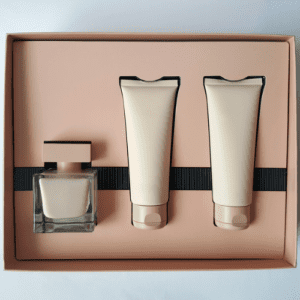 font for your brand. Logos, colours, and fonts, help consumers to identify your brand against the competitors. It’s important to have your branding consistent throughout your packaging, products, website, and marketing materials.
font for your brand. Logos, colours, and fonts, help consumers to identify your brand against the competitors. It’s important to have your branding consistent throughout your packaging, products, website, and marketing materials.
4. Content For Design
Depending on the product you’re selling, you may need to add some content to the packaging for legal reasons. E.g. perfume packaging has specific requirements as to what it can and cannot put on the packaging.
Make sure you do your research and find out what legal symbols and text you have to add to your packaging design. A good way to do this is to check your competitors packaging and see what they have had to include on it.
5. Designing Your Packaging
The fun part begins, you’ve got everything you need together, it’s just the creative part you need to do now.
Online editors are a great way to design your own packaging. Alternatively, some suppliers will provide you with a dieline that you can edit using Illustrator to design your own packaging, this may be challenging for someone who hasn’t used Adobe Illustrator before, but their is plenty of online tutorials.
(A dieline is an outline of your unfolded packaging showing cut and fold lines. When adding images to the dieline, they must be inside the cutting lines)
6. Structure Your Design
When you add an image, text, or branding to your packaging design, think about the structure. How will this box look on a shelf when it’s made up.
What’s the most important part of your design? Maybe sustainability is key, you may want to add where your packaging or product is made, or if some of the profits go towards a charity etc. 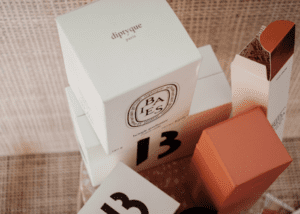
Remember to put yourself in the customer shoes, what do they want to see? What will make a customer turn and look at your product.
It’s important to think about how your design will look at this stage so you can adjust accordingly.
7. Evaluate
As with everything we do, we need to evaluate. Sit back, have a look at what we’ve done and see if there should be any changes.
You might say, it’s the most important part of designing your packaging.
The easiest way to do this is to take a step away from it, a 5 minute break and come back to it later with a pair of fresh eyes from the customer perspective.
Or ask your work colleagues, friends, or family for an honest opinion. Better still, ask a loyal customer what they think, or what they want to see on the packaging.
If you’re supplier lets you, ask them for a printed sample so you can asses the print quality, design and material. Then if there’s anything you spot that shouldn’t be there, you can tweak it before you place an order.
8. Implement
OK, so your packaging is perfect, it’s the right material, shape, design, and will grab the customers attention. Now it’s time to move on to the next step.
Placing an order.
Ordering in larger quantities tends to keep the cost down, so ordering a 3 to 6 month supply is recommend. Speak to your supplier about a stock holding arrangement if you don’t have space as this will allow you to get the bulk price discounts.
9. Optimise
Once you’ve received your order and has been in circulation for 2 or 3 months, you’ll no doubt find areas which need to be chopped, changed and improved.
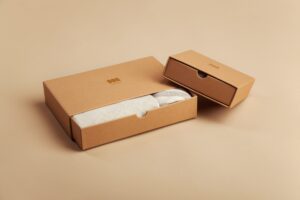 Maybe the board you chose isn’t strong enough, or the design isn’t attracting enough attention, you can change the design. You may even think about doing a complete redesign of all your packaging.
Maybe the board you chose isn’t strong enough, or the design isn’t attracting enough attention, you can change the design. You may even think about doing a complete redesign of all your packaging.
But remember, feedback is everything. The more you can get, positive and negative, the more you can tailor your packaging to suit your customer.
10. Concluding
Releasing a new product is good fun and exciting, but can put a lot of stress on people. Thousands of questions crop up:
Is my packaging going to look good?
What should it look like?
What material should I choose?
If you follow the above, step by step, you will find it a lot easier and be able to create an effective package that your customers will love.
Any questions, queries, or want to get started with your packaging. Feel free to get in touch with the Sustabio team and they can assist you.


